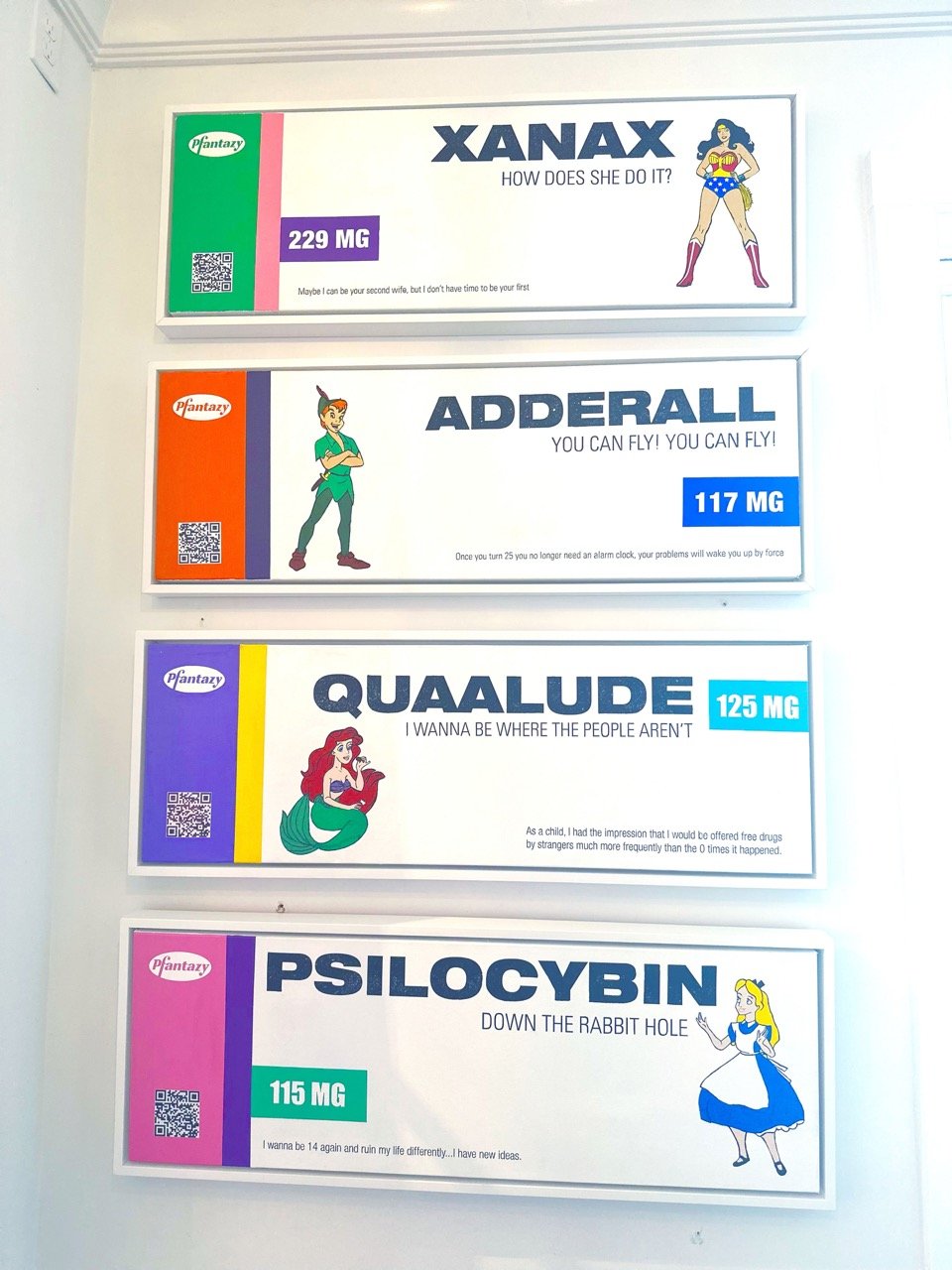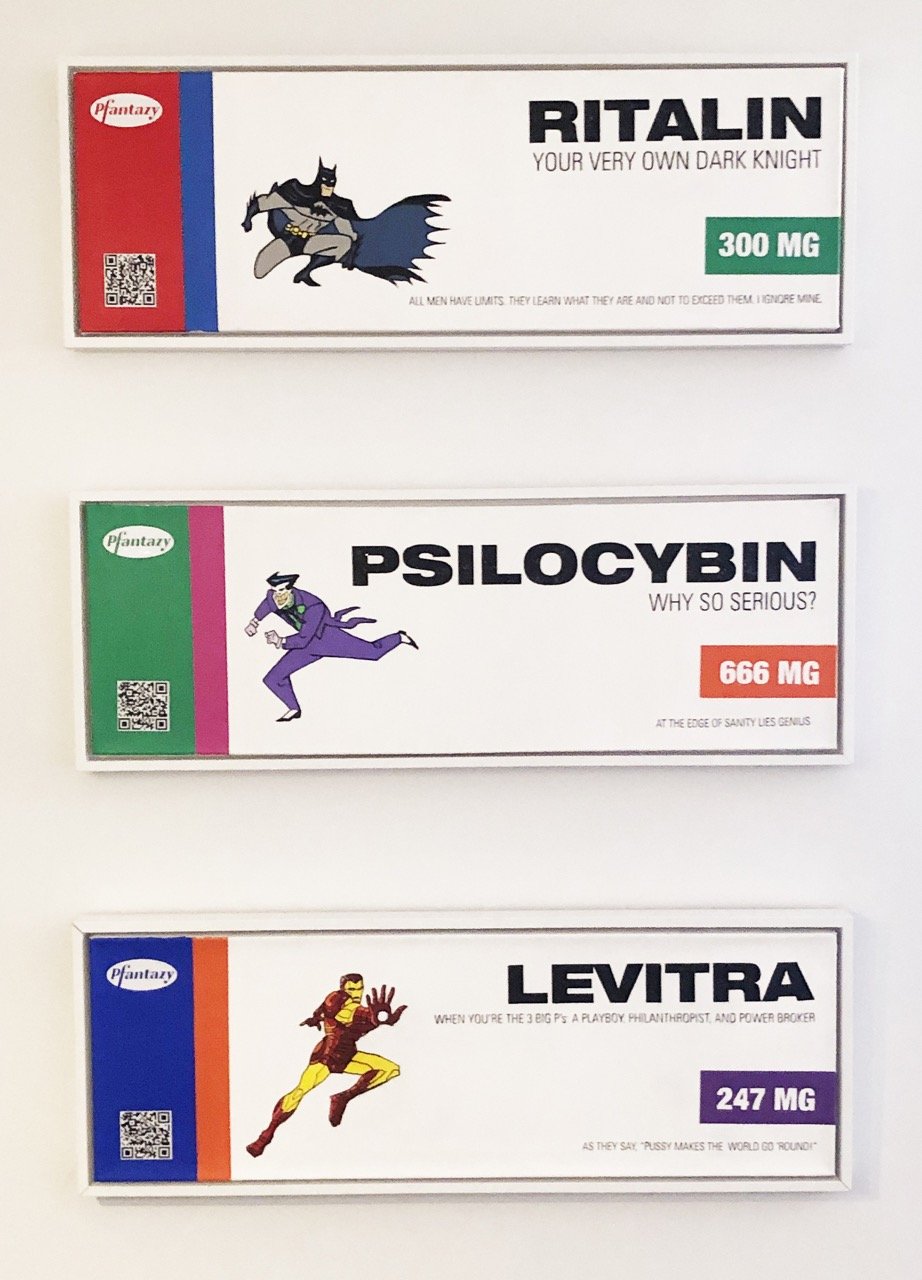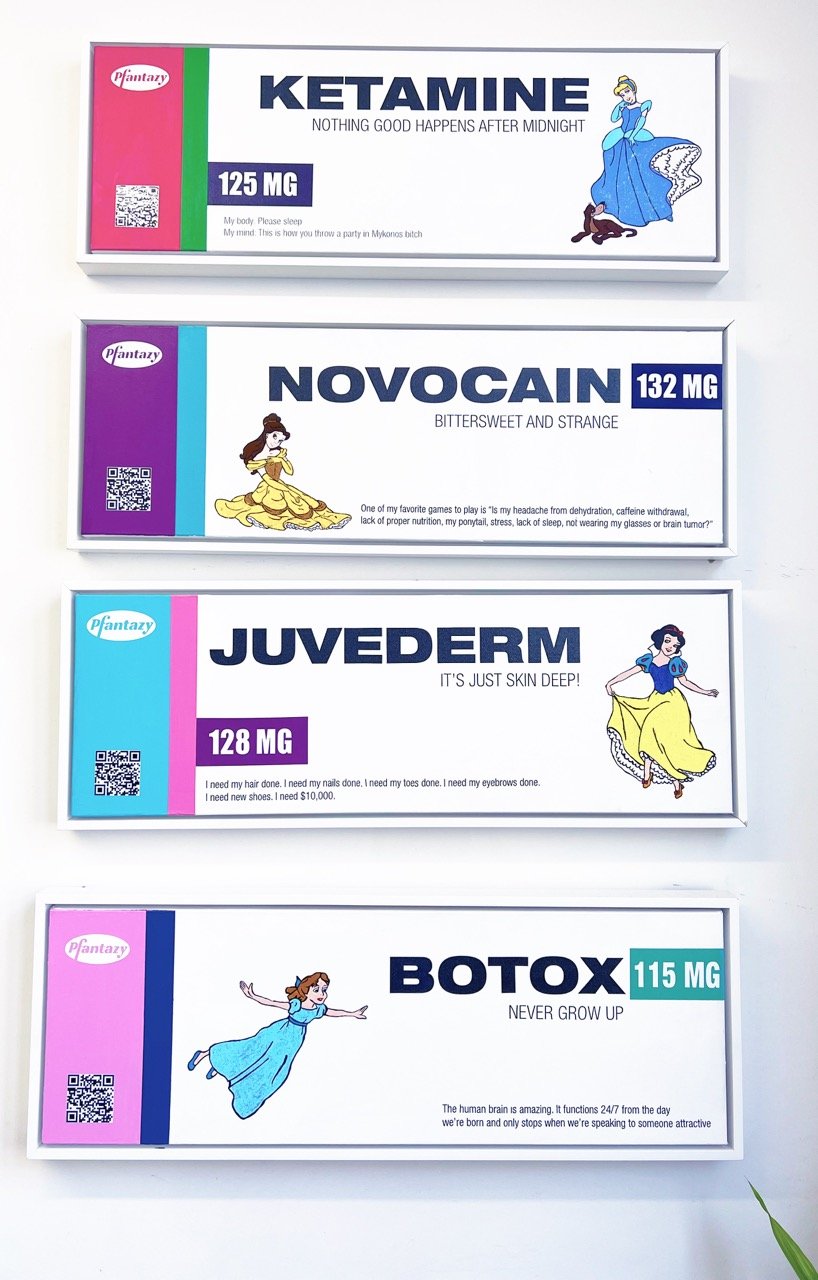
Side Affects
As children, we are molded by our parents’ attitudes and actions. We put away taboo behaviors, suppress our emotional intensity, and often hide our needs in order to make their jobs easier. Millennials are the “everyone gets a trophy” generation; the “everyone can be a princess” or “superhero” believer. With fantasy icons and narratives ingrained in our subconscious from a pre-verbal age, the trap for psychological failure and disappointment is set well before we even step foot in a classroom. Is it no surprise, then, that we are are seeing an exponential increase in generational anxiety, despair and suicide?
Added to that mix, there is an emphasis today on unrealistic goals, and with that comes depression. Drug epidemics reflect current angst among its users when they can’t deal with their sense of dread and hopelessness. However, banning people from drugs or using punitive measures to control addiction doesn’t work, as people will inherently seek another way of numbing.
Drug companies are spending billions of dollars to turn normal human experiences, like fear or sadness, into medical diseases. They have helped create a culture in which people are perceived to be less attentive and more depressed in order to sell drugs that might answer the very problems they’ve manufactured. So they aren’t developing cures; they’re creating customers. You can only cure disease, you can’t cure being human. Whether it’s Disney or drugs, the desire to escape is omnipresent, culturally indoctrinated and, ironically, inescapable.
DIMENSIONS: 13(h) x 37(w) each
MEDIUM: Mixed Media on Canvas
YEAR: 2018-2020
















